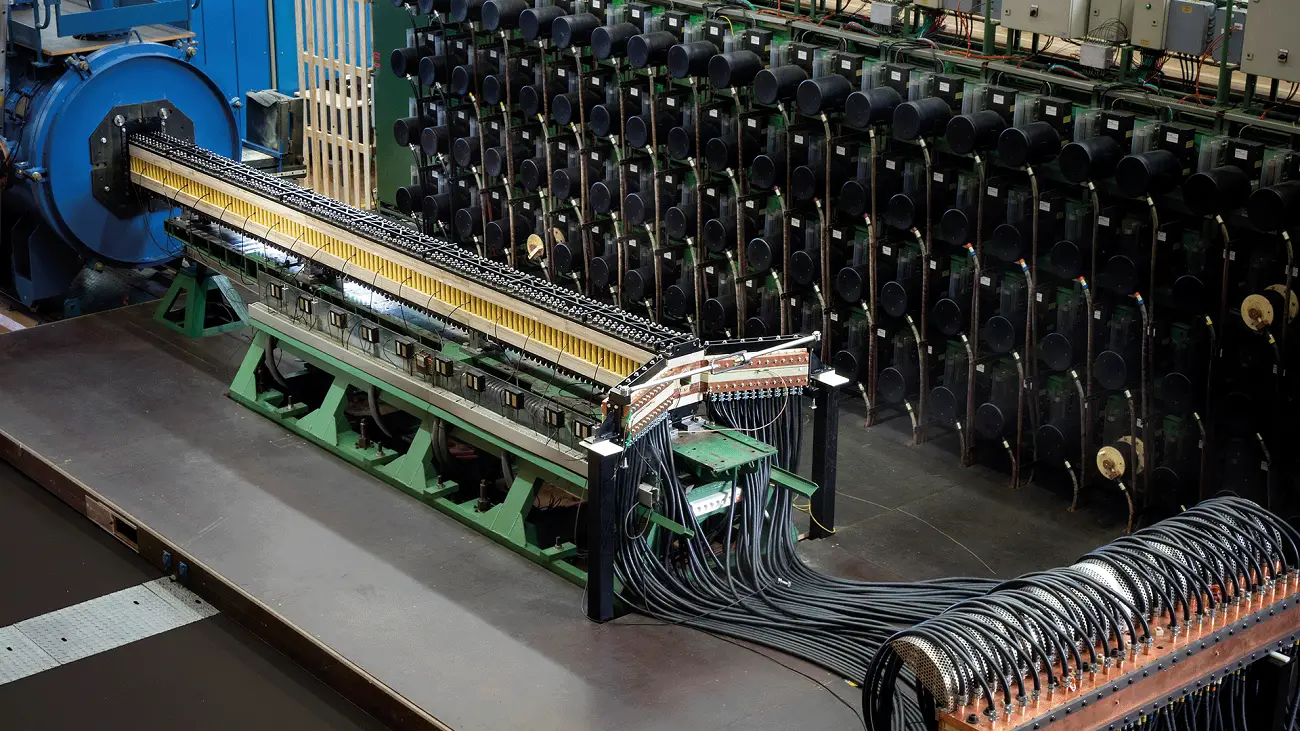On September 28, the European Defence Agency (EDA) hosted the final meeting of the PILUM project, which focuses on a disruptive concept for an electromagnetic railgun (EMRG) – a future complementary artillery system with the potential of significantly higher projectile velocities and long-range effect. Launched in April 2021, with funding from the European Commission (EC) under the Preparatory Action for Defence Research (PADR), meeting focused on the main research topics studied within PILUM and the results obtained for each of the three components of the EMRG: the railgun, the hypersonic projectile and electric energy storage and conversion. All seven partners from four European countries working together on this study agreed that significant advancements in the three key areas of electromagnetic artillery were made. This progress sets the stage for the future of advanced electromagnetic weaponry. The achievements in the PILUM project serve as a strong foundation for the next phase called THEMA (Technology for Electromagnetic Artillery) and launched under the EC’s European Defence Fund (EDF). THEMA’s goal is to prepare for the testing of an electromagnetic railgun on a firing range by 2028.
The study includes a comprehensive definition of scenarios for an EMRG system, which was worked out in close cooperation with end-users in the initial stage of the project. Based on these scenarios, high-level operational and technical requirements were identified for the EMRG system and its subsystems. Taking into account these requirements, PILUM considered the EMRG system in detail by investigating and designing its three main subsystems, namely the electromagnetic rail launcher, the energy conversion system and the hypervelocity projectile. Investigations were performed by analytical and numerical simulation and further complemented by laboratory tests and free-flight open range experiments. For each subsystem, the upscale potential was evaluated and complemented by the theoretical and experimental assessment of the electromagnetic compatibility (EMC). In the later stages of the project, systems engineering aspects were treated, and integration concepts were elaborated for both naval and terrestrial military platforms, to result in a proof of concept. Finally, a roadmap considering the technological
challenges which had been identified in PILUM was developed, thus indicating a realistic way to mitigate the technical risks on the way towards an operational EMRG.

The implementation of PILUM was guided by four key challenges:
• the design of a hypervelocity projectile that can be launched by an EMRG,
• the identification and design of the most suitable energy conversion system for the EMRG,
• the inclusion of electromagnetic compatibility requirements in all development steps of the EMRG, the energy supply system and the projectile, and
• feasibility to embark the EMRG system on a European class ship or land platform.
Additionally, the PILUM project explored various energy supply ideas, such as capacitive and inductive energy concepts. Across the results obtained for each of the three components of the EMRG significant findings were reported in the final meeting. The railgun launcher’s critical components, exposed to extreme heat and high-speed friction, were protected with special wear-resistant materials, which significantly extended the railgun barrel’s lifespan. The project also developed a concept for hypervelocity projectiles for speeds up to MACH 6. The performance of the projectile concept was extensively assessed at MACH 5 through wind tunnel experiments and computer simulations. Additionally, the PILUM project explored various energy supply ideas, such as capacitive and inductive energy concepts. The capacitive system demonstrated a 25% increase in energy density under specific operational conditions. Another promising solution, the XRAM inductive energy concept, showed potential for storing magnetic energy efficiently, with ongoing work to address its technological challenges in the maturation phase (THEMA project).












